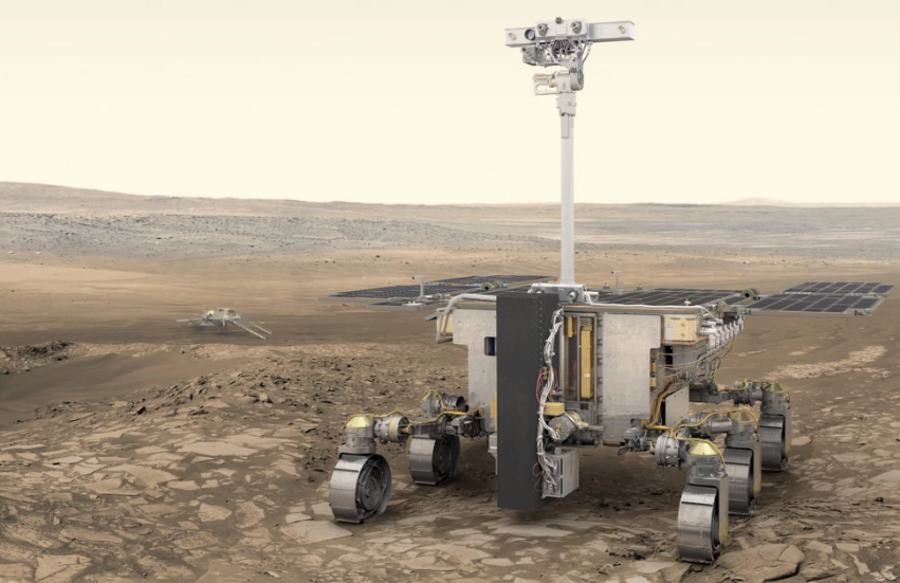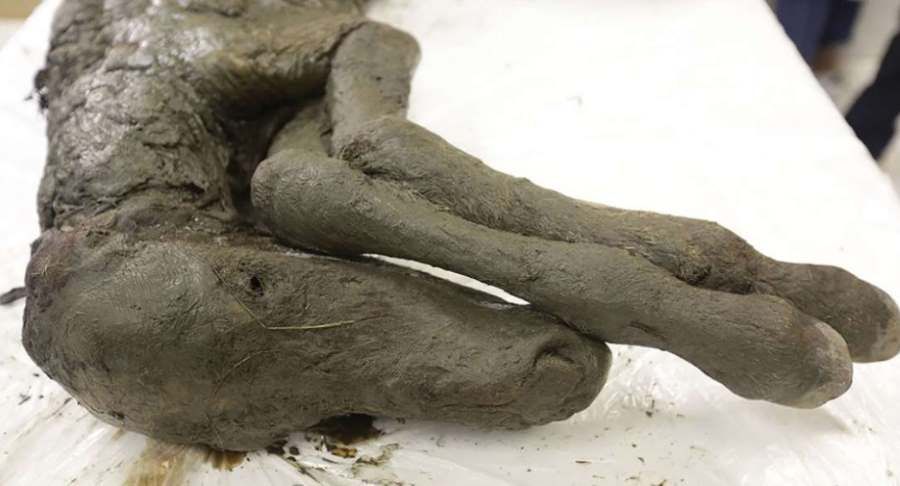ESA’s Mars rover named in honor of Rosalind Franklin
The rover, which is expected to land on the surface of the Red Planet in 2021, has been named Rosalind Franklin – in honor of the British researcher whose work contributed to the discovery of the structure of DNA. The name is not coincidental, as the mission will aim to search for the basic components of life.
The rover is part of the ExoMars mission carried out coólnie by the European Space Agency and Roskosmos. Embedding the Schiaparelli lander on the Red Planet was to be the first part of the mission. However, the lander shattered on the planet’s surface in 2016. Along with the lander flew the Trace Gas Orbiter (TGO), whichóry has since been orbiting theóhas been exploring Mars and studying the chemical composition of the Red Planet’s atmosphere. The launch of the second part of the mission is planned for July 2020.
A competition to name the Martian rover was held last year by the British space agency. The name for the rover was chosen from among theód 36,000 applications submitted by the residents of theóin all ESA member states.
Rosalind Franklin’s research contributed to the understanding of the structure of DNA – of the famous subójna helix. Particularly key were her photos, które together with Maurice Wilkins made by X-ray crystallography method. Wilkins, without Franklin’s knowledge, passed the results of their research to James Watson and Francis Crick, which allowed them to discover the structure of DNA. The three men were awarded the Nobel Prize for it in 1962. Franklin herself was never recognized for her work. Nor did it live to see the moment when the Nobel Prize was awarded to Wilkins, Watson and Crick. She died of cancerór in 1958.
– This name reminds us that expanding knowledge lies in human genes. Science is in our DNA and in everything we do at ESA,” said ESA Director General Jan Woerner.
– This rover will traverse the Martian surface equipped with next-generation instruments. This is a fully automated laboratory on Mars. With it, we are advancing our European heritage in robotic space exploration, while developing new technologies – ESA astronaut Tim Peake said during the presentation of the rover’s name.
The six-wheeled rover is currently being built at Airbus facilities in the UK. It will be equipped with a number of instruments thereów, thanks to whichórym will be móhead at least to drill two meters into the Martian soil. Próbki from this depth will be analyzed on site with state-of-the-art tools. On board the rover is expected to be róalso a modern microscope. Data behind the rover will be relayed to earth using the TGO in Mars orbit.
The rover already has a landing site planned. Expert groupów with the ESA determined that the best place would be równina Oxia Planum located near the równika Red Planet. Scientists believe that in remote times the Martian environment was rich in water. This gives hope that traces of primitive life forms, whichóre perhaps once lived on this planet, will be found under the surface of Mars.


